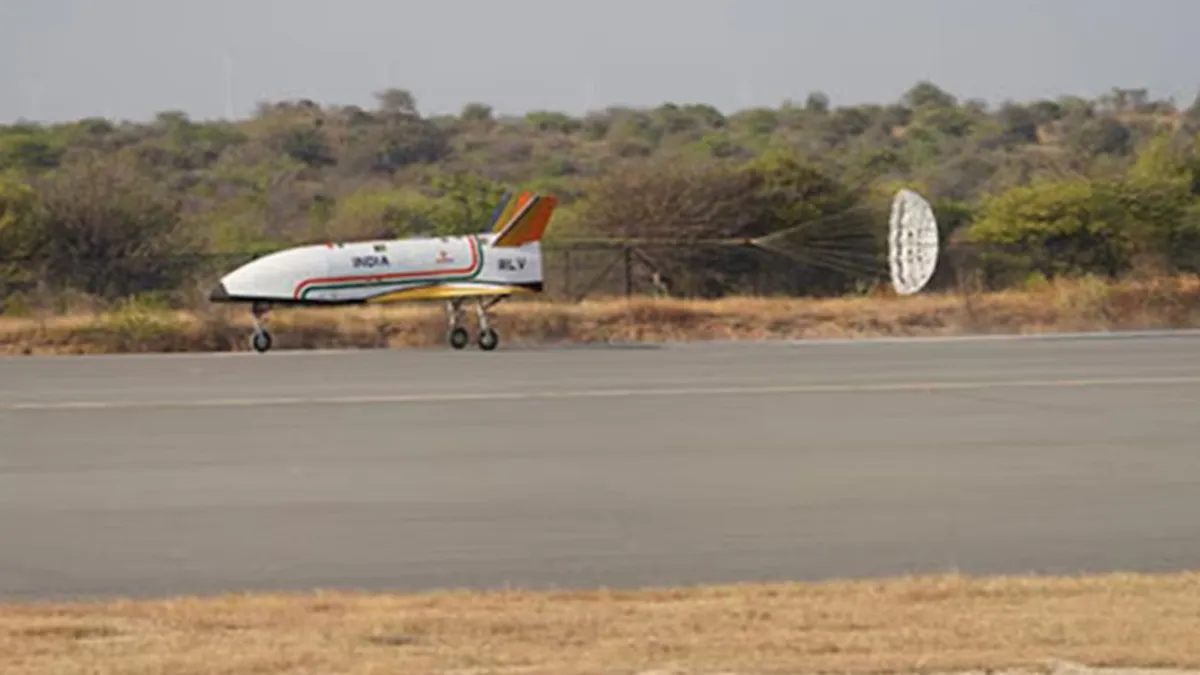
The Indian Space Research Organisation (ISRO) is all set to carry out the third and final RLV landing experiment (RLV LEX).
RLV-LEX missions involve taking an unmanned winged prototype, christened Pushpak, to a designated height and releasing it to land safely under varying conditions. In LEX-03, Pushpak will be carried to a height of 4.5 km and 500 metres to one side of the runway using an IAF Chinook helicopter and released. In LEX-02, the second mission, the altitude was the same but the lateral distance from the runway was 150 metres.
The LEX-03 mission will look at how the sink rate, or the rate of descent, can be cut down to reduce the impact load. It will also have on board a real-time kinematics (RTK) package. Yet another challenge before the upcoming mission is handling tailwind conditions.
In the next stage of tests under the RLV-TD, the ISRO will use an unmanned Orbital Re-entry Vehicle (ORV). The vehicle used will be 1.6 times the size of ‘Pushpak’‘ used for LEX. It will be placed in a 400 km orbit around earth using a modified Geosynchronous Satellite Launch Vehicle (GSLV). This mission is expected in two years time.
The ISRO successfully carried out the LEX-01 mission on April 2, 2023 and the LEX-02 on March 22, 2024.
